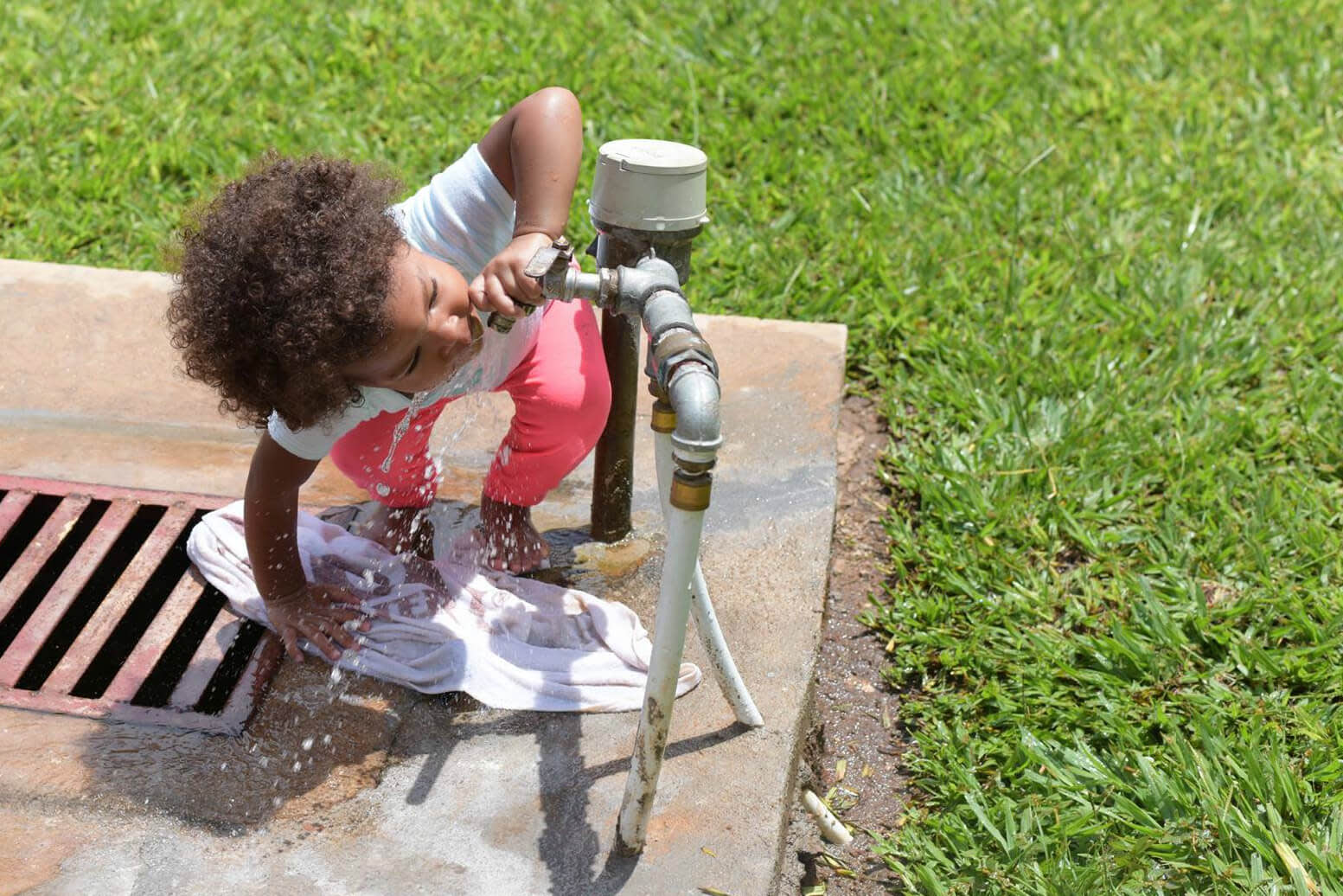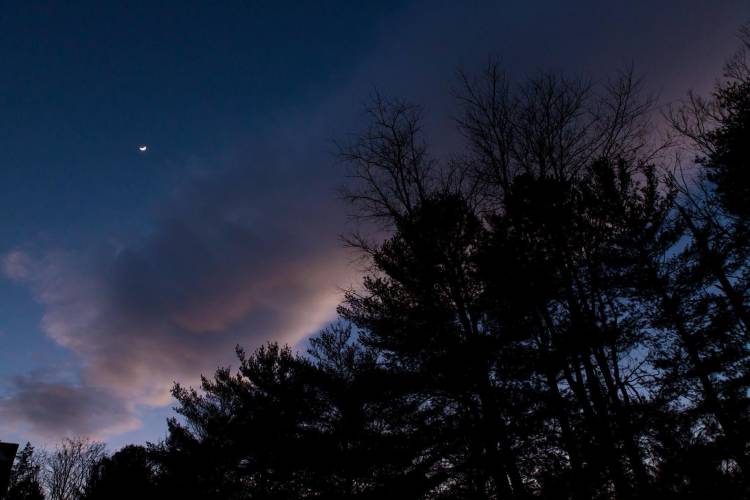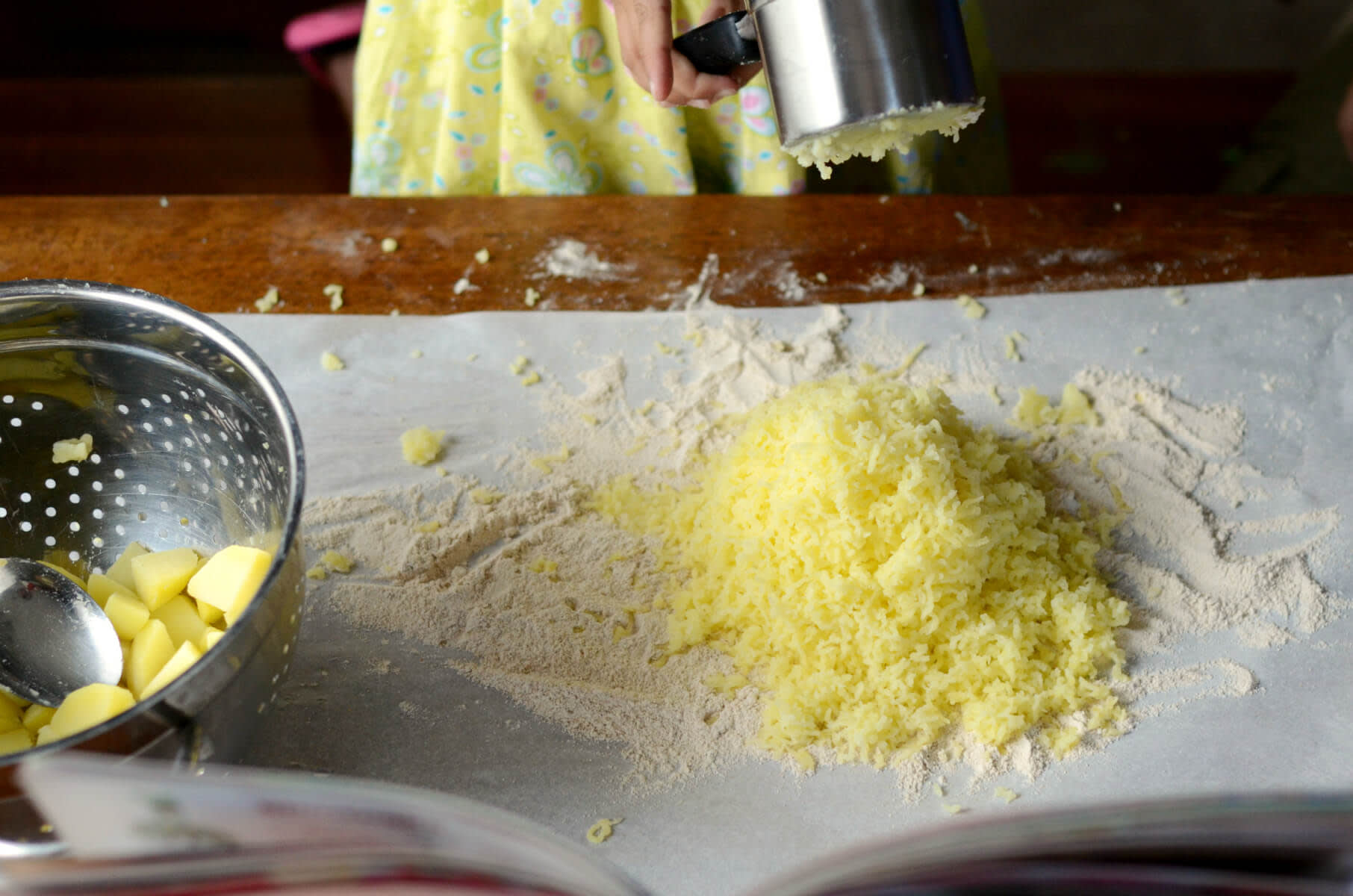by Beryl Ayn Young
Photography is all about visual storytelling. The most powerful photos are the ones where we can immediately sense the who, what, where, when, why and how. They give us a sense of longing, of wanting to know more, or desiring to be transplanted into the scene ourselves.
The biggest challenge however, is learning how to infuse this quality into our own images. What is it that helps take an image from snapshot to visual storytelling? Here are six tips for telling better stories through your lens.
1. Go candid
Telling a story is about letting a moment unfold. As the photographer, it’s important to have patience. Pause and wait for the magical pose, expression, or moment to happen. Be the fly on the wall, have your camera handy, and be ready to snap at any time.

Lael’s story: I found my older son reading stories to his little brother. I wanted to capture this experience candidly so I framed it as an observer peeking into the room. Photo credit: Lael Jacklyn Photography
2. Catch the action
This goes along with Tip 1, but some of the best stories come through moments of movement, connection, or transformation. Why not bring that sense of action to a still photograph? When there is a high level of movement in a scene, try to visualize your end result: anticipate what might happen next and wait to capture that moment.

Aline’s story: My twins love playing with water. On this day I decided to let them turn on the outdoor faucet and go at it. My daughter was just fascinated by the water coming out of the tap and this was her way of exploring. Photo credit: Mushi Photography
3. Look for light
When shooting candidly, you may find that the light isn’t always ideal. When you can, pre-plan some of your shooting elements around the light. Be the director of your shoot by choosing the right time of day, room to work in, or location that is lit well. Light can also tell a story with its highlights and shadows or rich colors. By taking shots that are lit dramatically, your viewer will immediately be drawn into the scene.

Blaire’s story: On this particular night, I noticed the deepness in the blue with the soft pink and purple clouds on top of it. I liked how the moon was peeking out behind the silhouettes of the trees. So I ran out to capture it before the moment was gone. Photo credit: Second Ave Photography
4. Capture the details
Visual storytelling images leave a lot to the imagination. Detail shots allow the viewer to dream up the story beyond the faces and places. Shoot the nuances of a moment from start to finish. If it’s a dinner party you’re hosting, capture images of both the preparation and the crumbs on the plate after the meal is complete. Or if you’re working on a creative project, get the reams of fabric before you begin, and the finished garment once you’re done.

Jen’s story: My daughter’s goal is to be on Master Chef Junior. Here she has her cookbook propped open, and is using a potato ricer to start the process of turning several pounds of potatoes into gnocchi dumplings. Photo credit: Songbird and Bear Photography
5. Change perspective
If there’s one secret that will help transform your photography, it’s to find unique ways to compose images! Move A LOT when taking pictures. Try shooting from a bird’s eye view, straight on, or from way down low. Taking a different vantage point adds variety to a session, and allows allow a story to unfold naturally.

Heidi’s story: We were outside playing and I noticed the backyard was beautifully illuminated. I ran inside and grabbed my camera, set it on the grass, and quickly looked through my viewfinder to find the best perspective and settings. Then I set my interval timer and got back to playing! Photo credit: Heide E.
6. Embrace technical imperfections
It can be so easy to beat yourself up over the littlest technical flaw in a photo. Why not allow those imperfections to help shape your story instead? Was your white balance off? Edit the photo in black and white! Was your aperture too low and wide open, limiting focus? Embrace some creative bokeh! Did you end up with motion blur from a slow shutter speed? Allow that blur to help tell the story! Sometimes the imperfect images are what make visual storytelling feel so real. Play around with edits in PicMonkey.

Alicia’s story: This particular evening, I was learning the Japanese art of sashiko embroidery. In this shot, my shallow focus was on the needle and small area of the sampler, with the rest of the pattern thrown out of focus. I decided that it kept distraction to a minimum, telling the story perfectly. Photo credit: Love Knot Photo.
